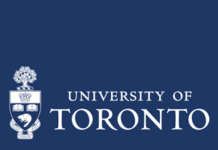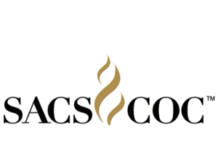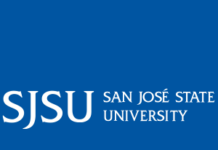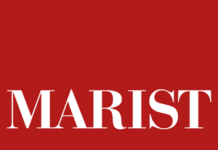Foreign Studies
No posts to display
Breaking News
University of Illinois Urbana-Champaign Chancellor Robert Jones Announces His Resignation
Nine years ago, Dr. Jones was named the first African American chancellor of the University of Illinois Urbana-Champaign. He will retire at the end of the current academic year, following a decade of enrollment growth, academic improvements, and successful fundraising.
Debra Haggins Appointed Inaugural Dean of the Hampton University School of Religion
Dr. Haggins is the first woman to serve as university chaplain at Hampton University. She will now serve as the inaugural dean of the recently established School of Religion.
JBHE Jobs
Get the JBHE Weekly Bulletin
Receive our weekly email newsletter delivered to your inbox
BRUCON Publishing Company © 2024










